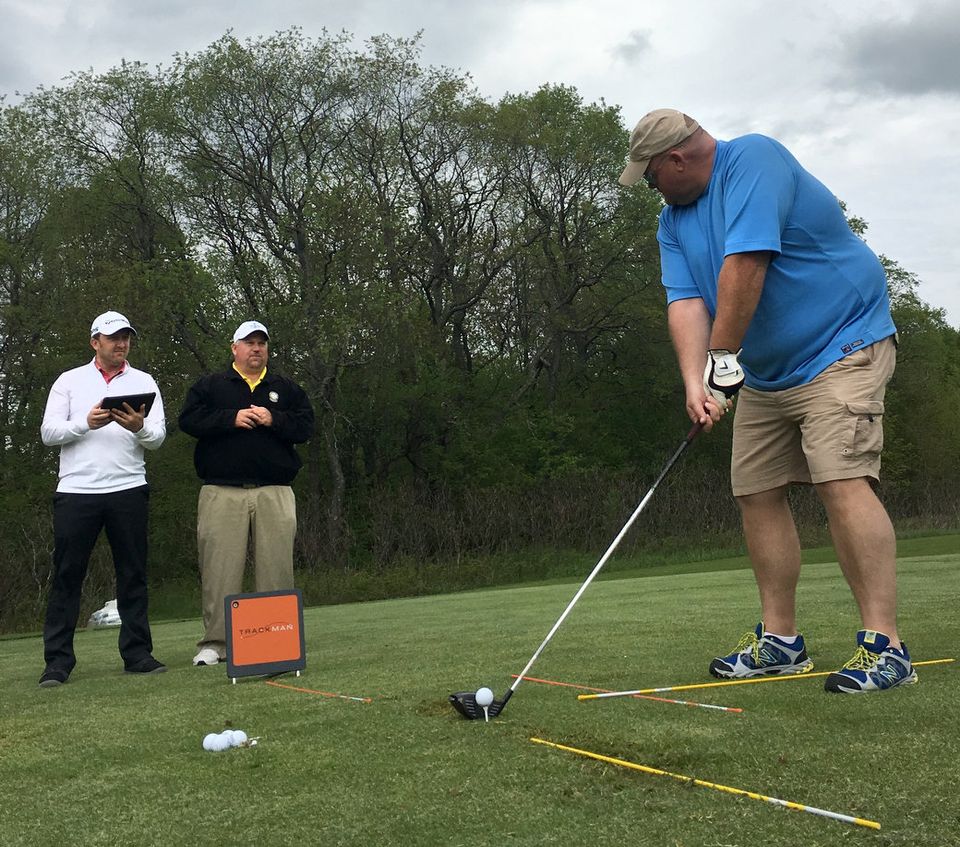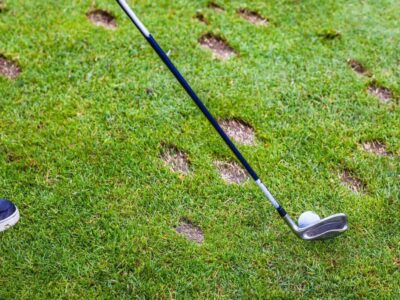By Richard Todd
The golfing news has been a buzz about stat tracking software to help golfers hone performance and lower handicaps. Do they really work?
The empirical data provided by the latest technology will provide personal club distances, shot shapes, and length from desired targets among many other useful information.
One such stat tracking company is Shot Scope will greatly help an individual golfer make better decisions about club selection on the course.
Most golfers think they know the distance each club travels, exact stats, however, often point out that most golfers do not hit the golf ball as far as they think. Knowing an approximate distance is ok, but having the average, maximum, and minimum distances is extremely helpful to avoid trouble or stick it on a small green.
The results can also point out tendencies in your game. Knowing that a large percentage of shots end up short and right. A player can make an adjustment on the course to aim slightly longer to the back left of the green instead of the center, which may increase the all-important greens in regulation stat.
When hundreds of thousands of rounds are pooled together and analyzed in different ways, many well-known golf strategic theories are found to be incorrect and new paradigms are presented that offer differing ways to lower scores.
For example, many golfers grab a three iron or fairway wood for the tee shot, rather than use a driver in hopes to hit the fairway and score lower. When in fact, statistical data proves that even though you may find the rough with your drive, the shorter iron into the green produces lower scores.
It is a fact that any putt that doesn’t reach the hole will not fall in. When the data is presented that nearly 90% of all putts from 5 feet and longer are left short, you have a clearer understanding that additional pace must be applied to every putt. Everyone knows that dropping a few more putts per round has a huge impact on overall score.
Would you let your neighbor work on your car just because he owns one himself?
Yet, many golfers use this logic for instructions and education related to their golf game.
Golfers are in a challenging situation, learning the rules, etiquette, course management, and swing mechanics are generally either self-taught or learned from non-professional teaching individuals. Unless you visit an accredited teacher, attend structured educational events, buy professional training materials, or purchase helpful technology you are left with estimates, guesswork, and an uphill battle.
If you desire improvement in your game, but do not work with a teaching professional, at a minimum, visit a simulator, purchase one of the many data producing gadgets to understand your own game statistically and use these numbers to your advantage!
Keep the old driver and use the money saved from purchasing a new one on a few lessons from a qualified teaching professional.








